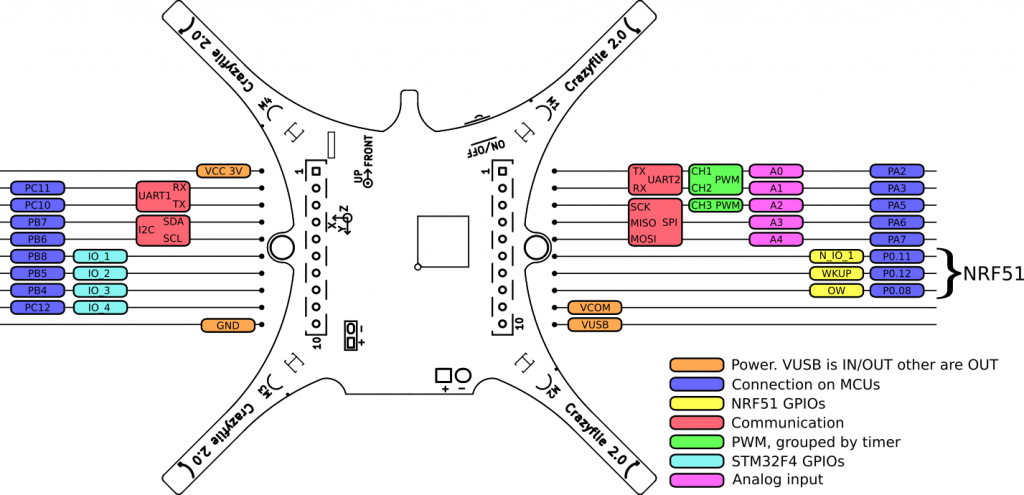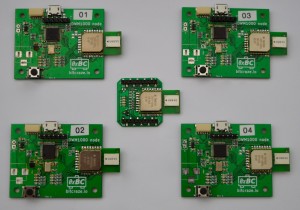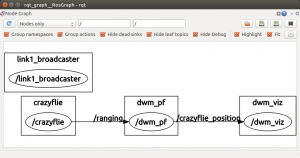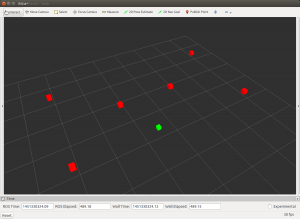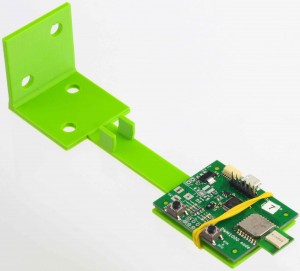As we already talked before in a couple of post, we are currently developping a local positioning system for the Crazyflie based on ultra-wide-band radio DWM1000. This is one of our main focus currently so we wanted to post a short update on our progress.
We have assembled and shipped a couple of LPS system already and so far the performance and progress are great. We now think that we have the copter flying as good as we can have it without running sensor fusion and the control loop in the Crazyflie microcontroller. Next step is to integrate algorithms in the Crazyflie.
We are currently working hard at finishing the design to make it ready for production. We will write more updates about that so stay tuned :).
We have shot a short video demonstrating the current state, see after the video for more information about the setup:
To make this video we have installed 6 anchors. 3 are above the room and 3 at about 50cm from the ground. The Crazyflie has a LPS deck and ranges in a round-robing fashion with all 6 anchors. The ROS driver pulls the ranging, estimate the Crazyflie position, and calculate a corrected roll/pitch/thrust in order to keep it at the pre-defined setpoint. The Yaw is not controlled externally, it is kept by the Crazyflie internal gyroscope only.
The ROS computer was setup according to the instruction on our wiki, and by launching the pf_hover launch file:
roslaunch bitcraze_lps_estimator dwm_loc_pf_hover.launch uri:=radio://0/110/2M x:=1.5 y:=5 z:=1.2

